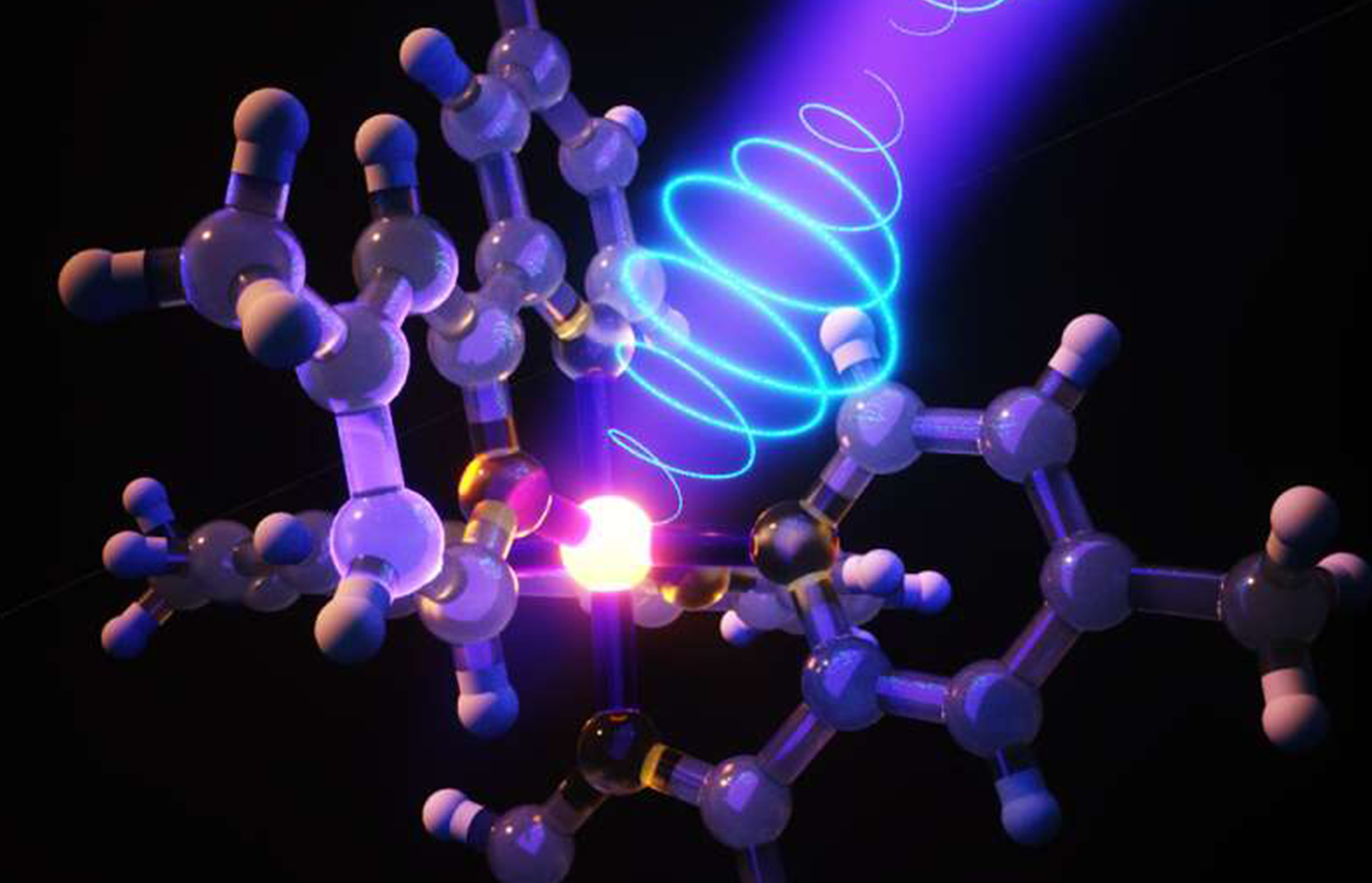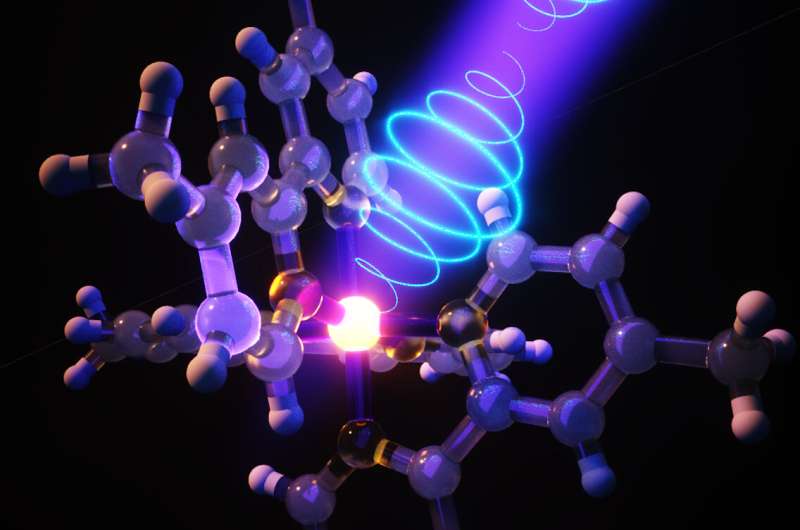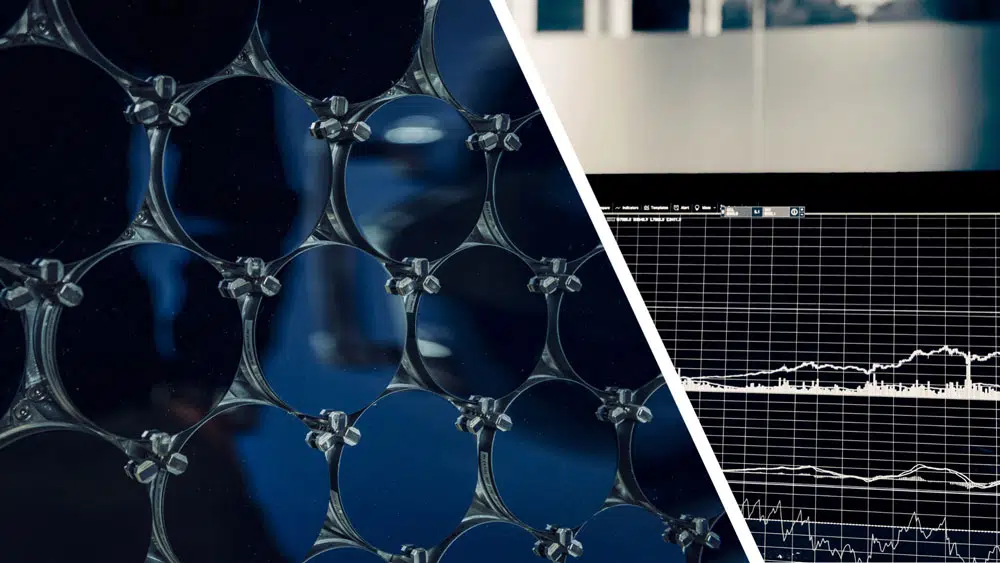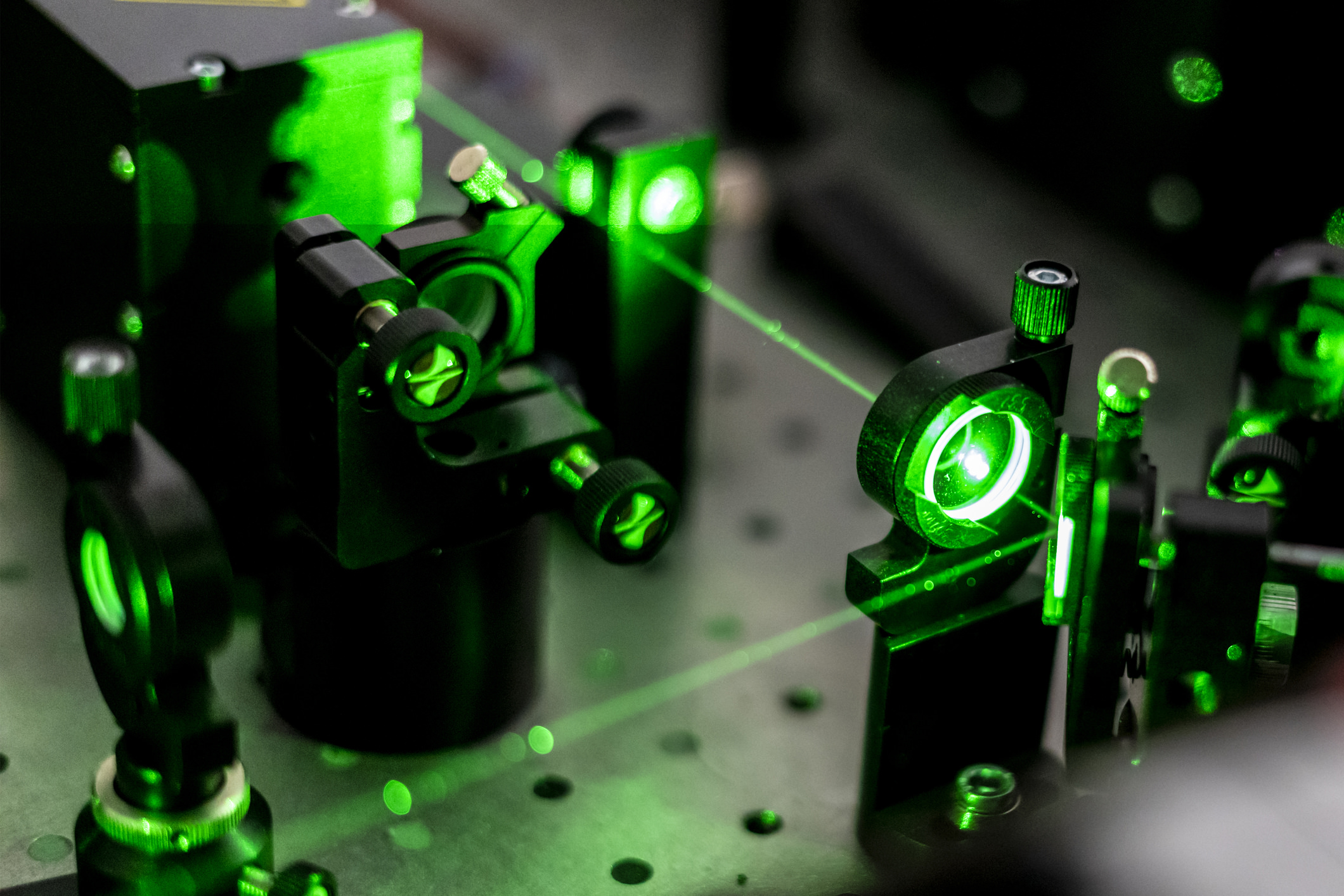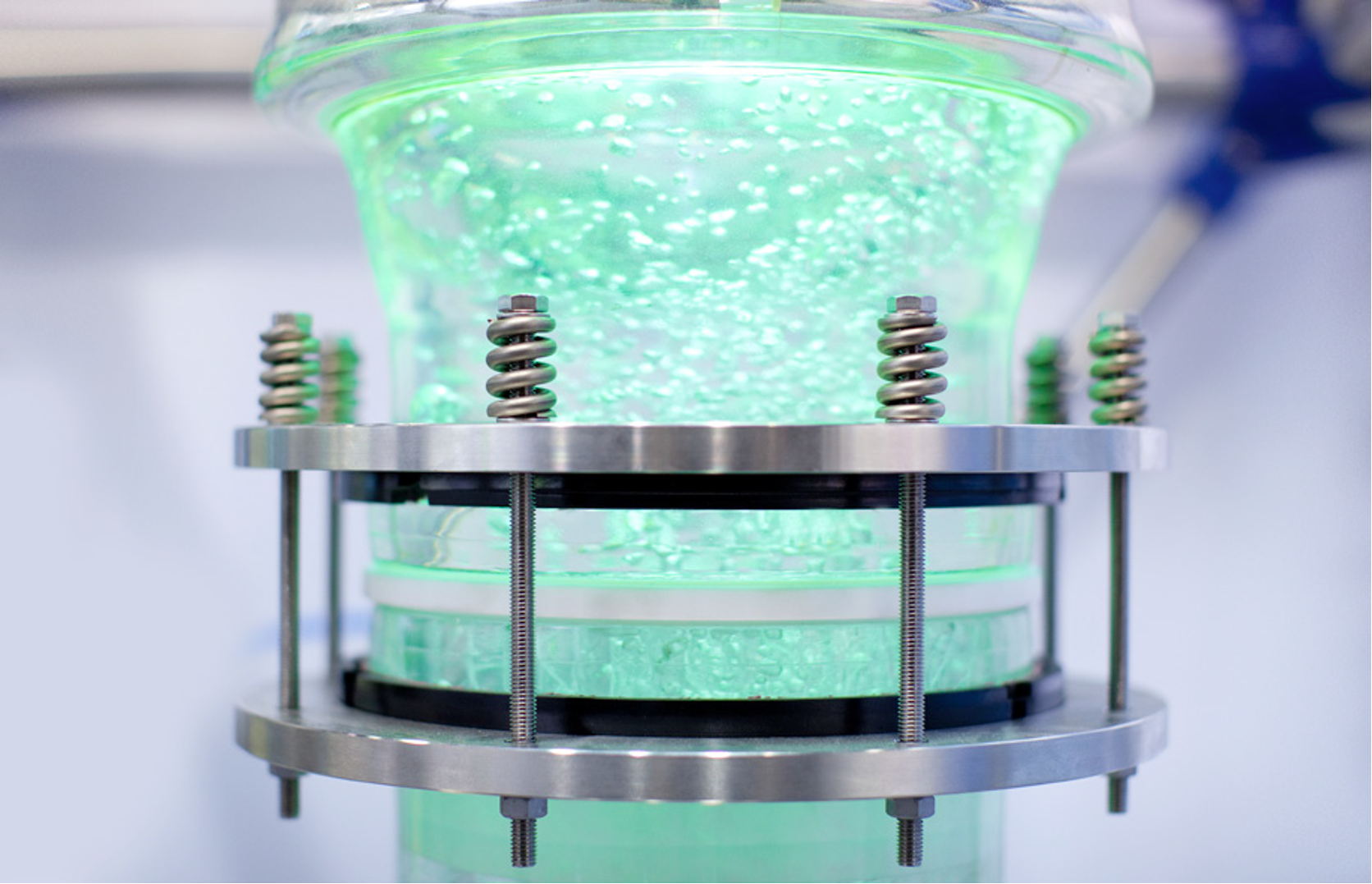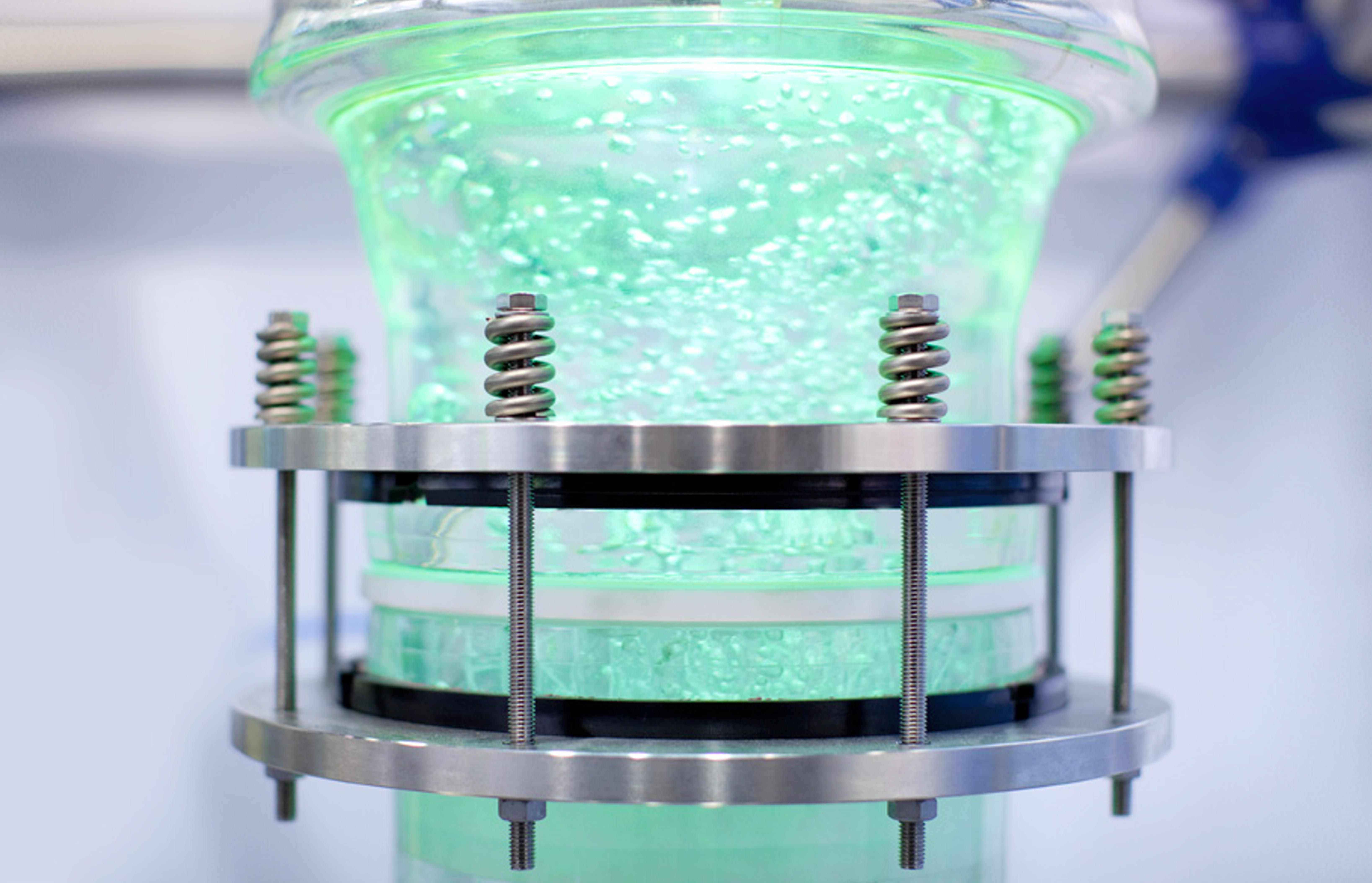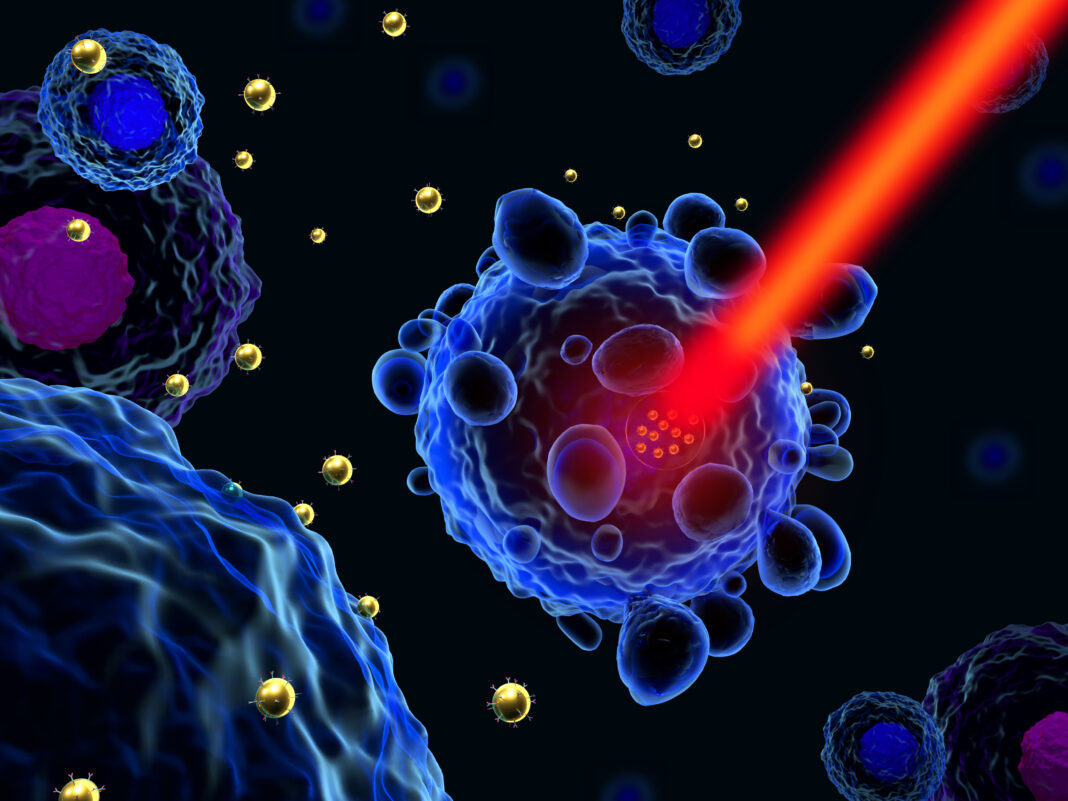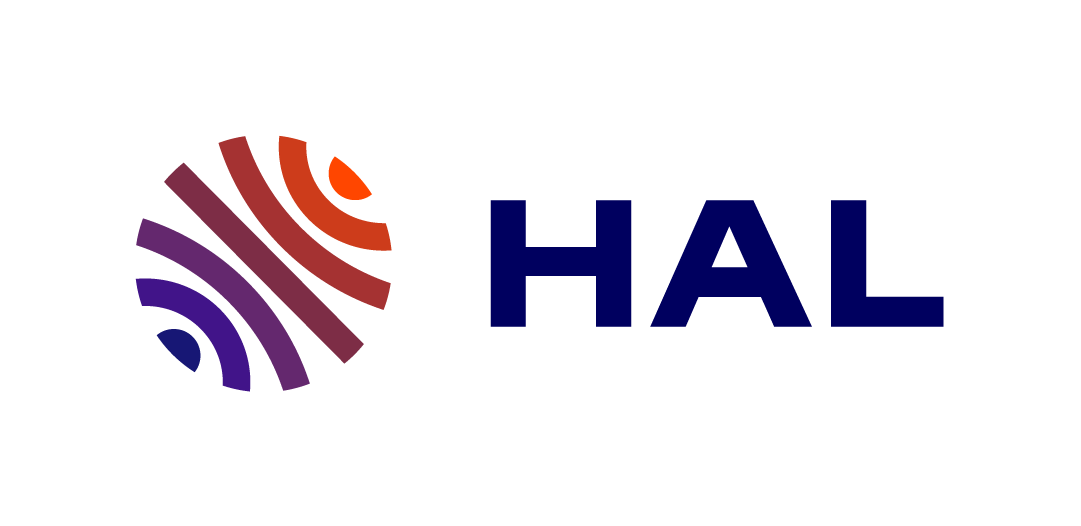
SIMULACTOR Project
© kjpargeter
Multi-Scale Simulations of Polymeric PhotoActuators
Keywords
Photoactuators, Photochromes, Polymers, Mechanics, Quantum Chemistry, Molecular Dynamics, Coarse Grain Potentials, Finite Element Method, Discrete Element Method, Multiscale Simulation

Summary
The objective of the SIMULACTOR project is to develop an integrated multi-scale approach to model the mechanical behavior of Polymeric PhotoActuators (PPAs). PPAs are polymer matrix materials doped with organic photochromic molecules. Upon irradiation, PPA films undergo a reversible macroscopic mechanical deformation, which makes these systems interesting for the transduction between light and mechanical energy, with possible applications in motors, drug delivery devices, textiles or electrical generators. Recent experimental studies (Aloïse et al, Small, 2024) have shown that there is a quantitative correlation between the photochromism and the photomechanical effect. Besides, the material structuration is essential both at the supramolecular scale (interaction between the photochrome and the polymer chains) and at the microscale (spatial arrangement of photochrome-rich and -poor domains) to allow a conversion from the molecular deformation into local material strain and then macroscopic actuation.
The objective of this project is to understand and then optimize the PPA properties by relying on a multiscale simulation strategy ranging from the molecular scale (ab initio calculations) to continuous media approaches (Finite Element Method) to integrate the different levels of complexity encountered in the real material (molecular dynamics at atomistic scales, coarse graining for the mesoscopic behavior of doped polymer matrices, Discrete Element Method for the homogenization of microstructural behavior).
Read more
In more details, SIMULACTOR will focus on:
- the molecular scale in order to model and optimize the modification of the photochromic molecules under irradiation;
- the supramolecular scale (up to 10 nm, the “photomorphon”) which drives the diffusion of the photochrome strain to the neighboring material through the photochrome/polymer interactions;
- the viscoelastic constitutive law of “photodomains” (up to 200 nm), with a specific focus on the photoswitch concentration, bridging a first gap towards macroscopic simulations;
- the introduction of the microstructure of the experimental material (up to 100 µm) and the construction of a homogenized constitutive law accounting for structural or composition inhomogeneities, with the final goal of designing a model capable of simulating the experimental bending upon irradiation.
In this process, each scale will benefit from the output of the lower scales and provide outputs for the higher scales. The first systems studied will be poly(ethylene-co-butylene) matrices doped with two families of photochromes, dithienylethenes (DTE) and azobenzenes (AZ).The final ambition is to apply this methodology to a variety of polymer-photochrome couples in order to constitute a library that can be exploited for the purpose of property optimization, for example on the basis of a Machine Learning approach.
The project consortium is made up of specialists in quantum calculation applied to photochromic systems (TD-DFT, LIED, U. Paris Cité), specialists in classical atomistic simulations (molecular dynamics and coarse-graining, LMCE, CEA/DAM/DIF), and specialists in continuous media simulations (Finite Element Method, Discrete Element Method, IML, U.Lille).
Consortium
LIED • Paris
Laboratoire Interdisciplinaire des Energies de Demain
Aurélie Perrier, Yacine Boufkhad, Frédéric Filaine
LMCE • Bruyères-le-Châtel
Laboratoire Matière en Conditions Extrêmes
Claire Lemarchand, Nicolas Pineau
UML • Villeneuve-d’Ascq
Unité de Mécanique de Lille
Moussa Nait Abdelaziz, Toufik Kanit, Ahmed Ammar, Tanguy Messager
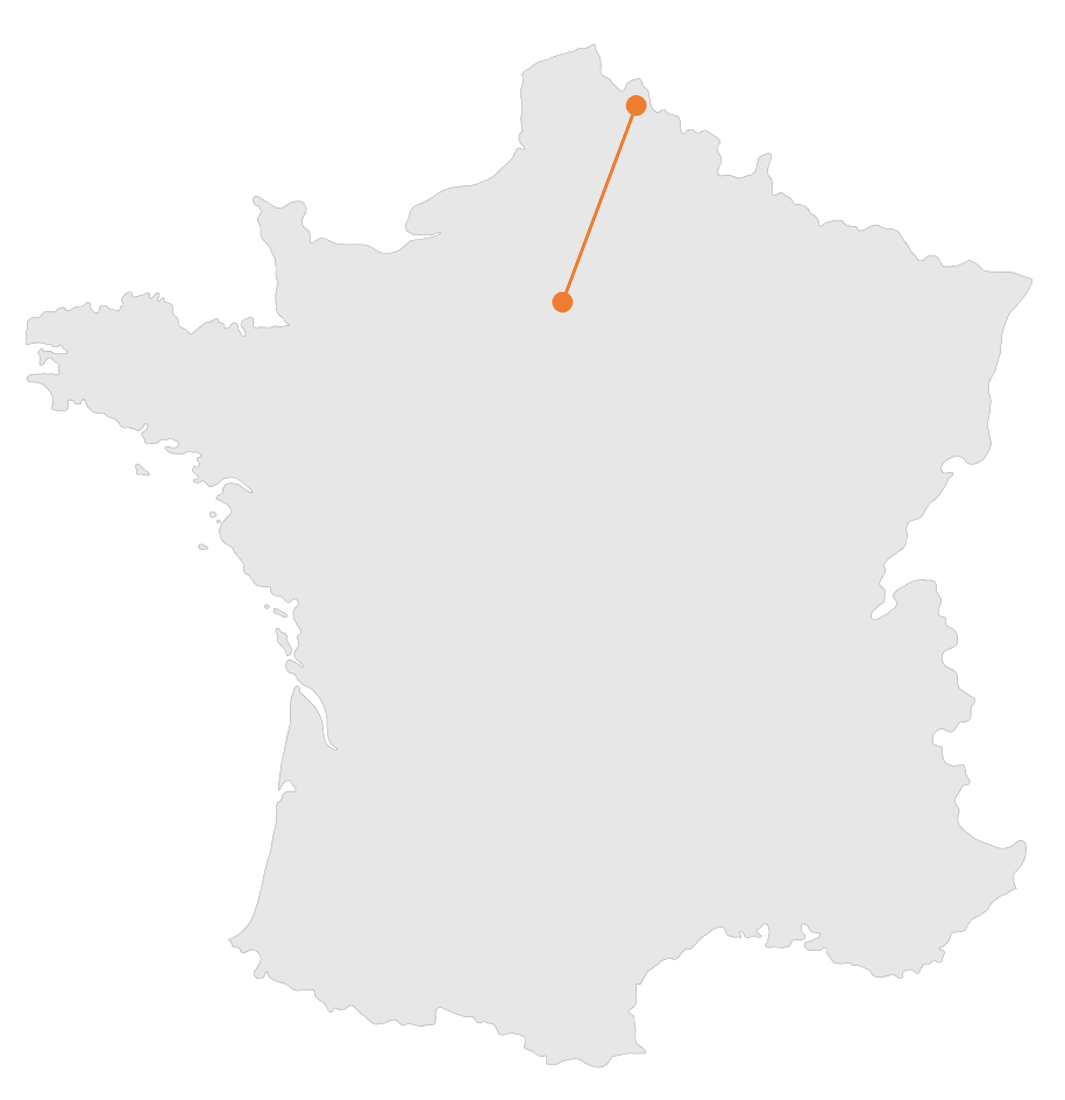
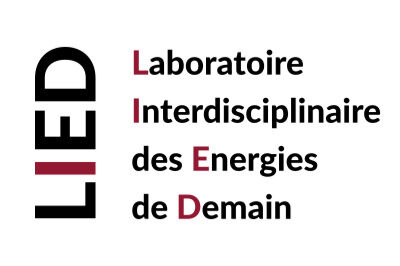



Publications
Les autres projets PEPR
